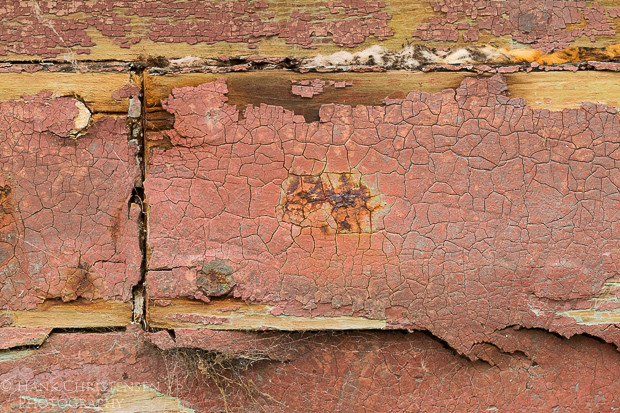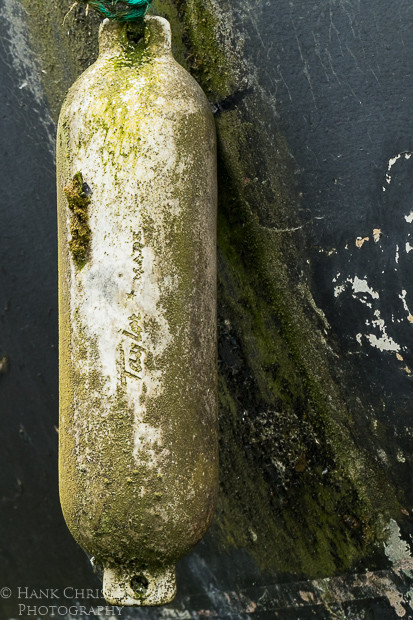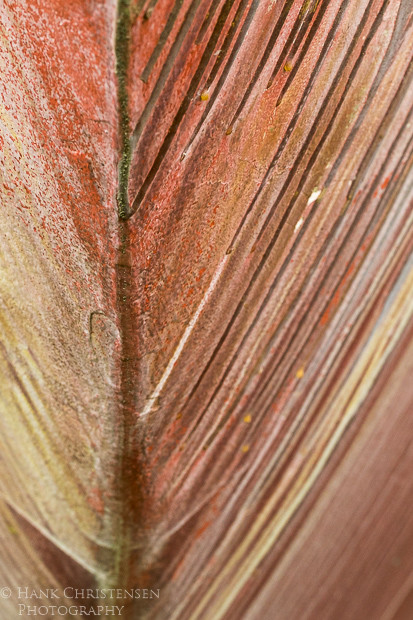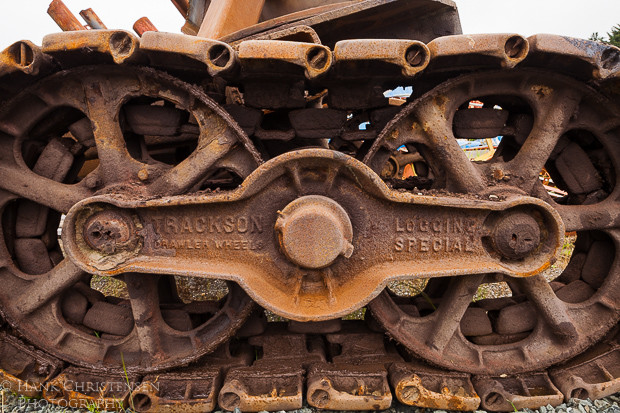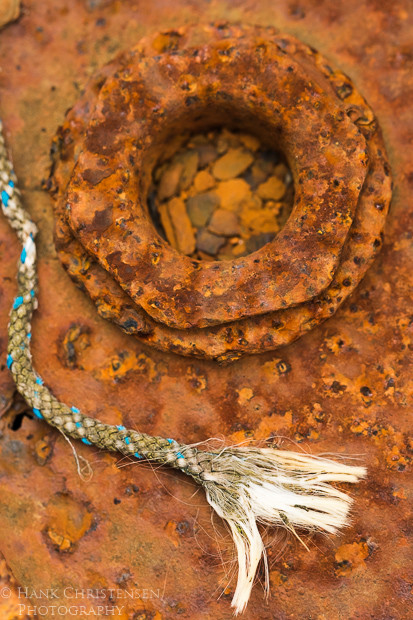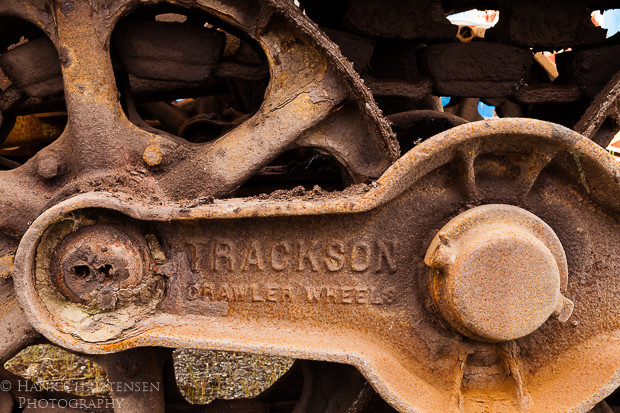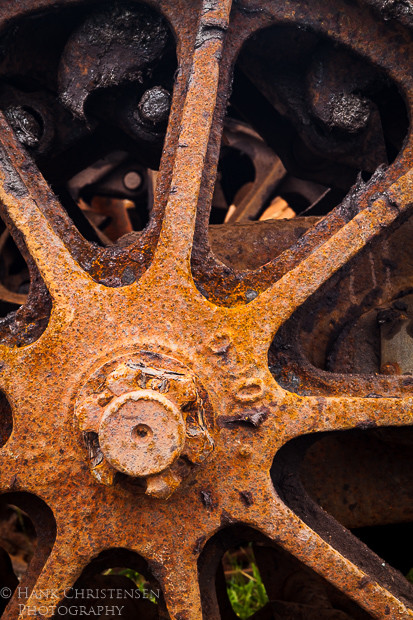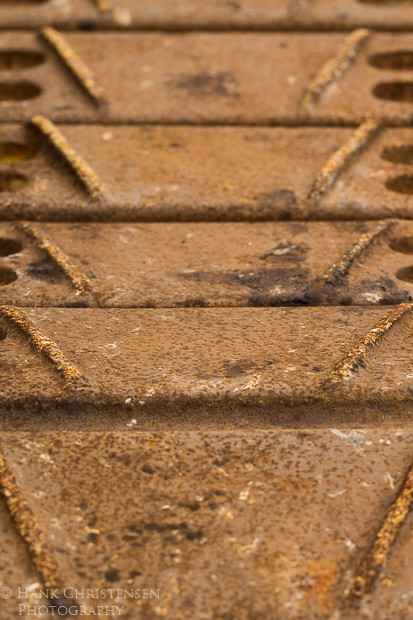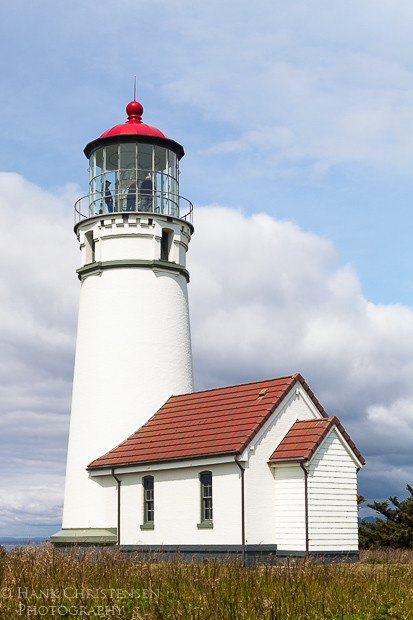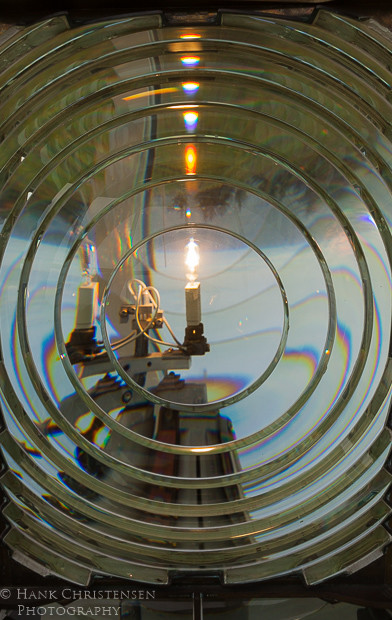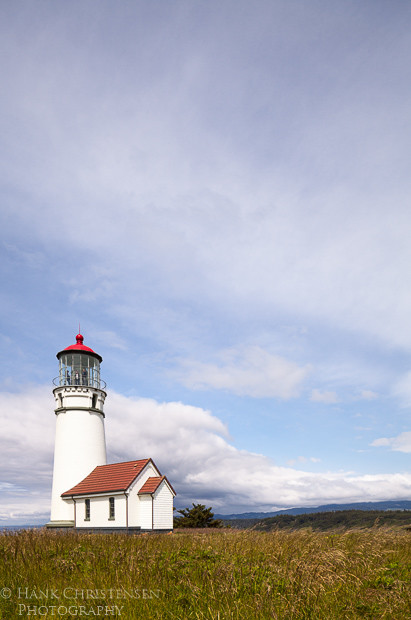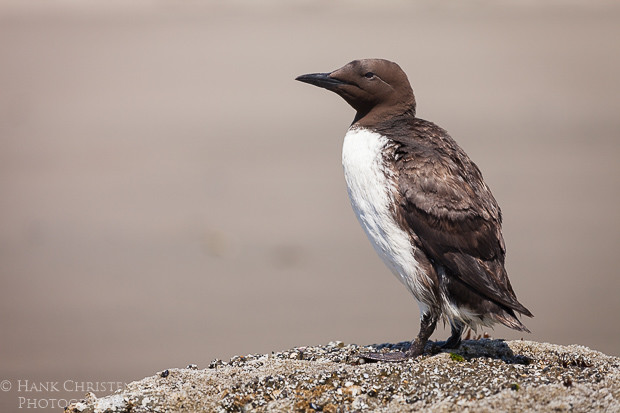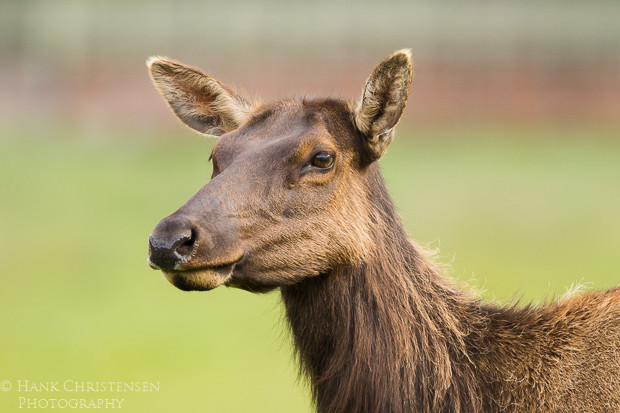
Roosevelt Elk are the largest of the remaining four subspecies of elk in North America. I photographed these elk in northern California, just south of Prairie Creek Redwoods State Park. They travel in a herd of about 30-40, and can usually be seen grazing or lazing about on either side of highway 101 in the mornings and evenings. I have seen them about 50% of the times I pass through that area, and it is always worth a quick stop to photograph them.
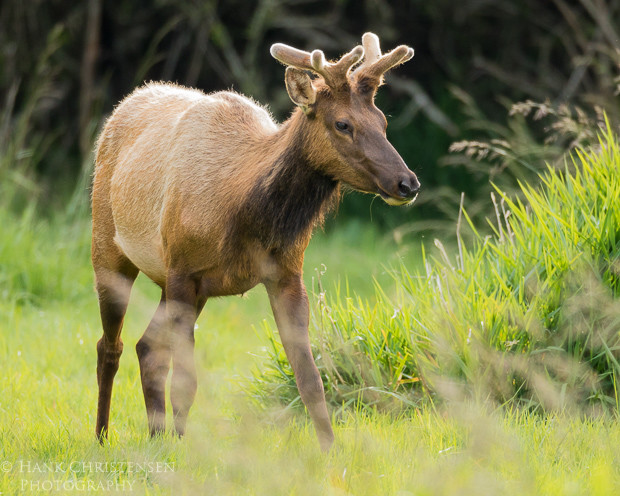
The herd is mostly made up of females and calves, but there are a few young bulls sprinkled here and there. This male kept pretty far away from the dirt road from which I was photographing, but occasionally he emerged from the brush to give me some clear views.
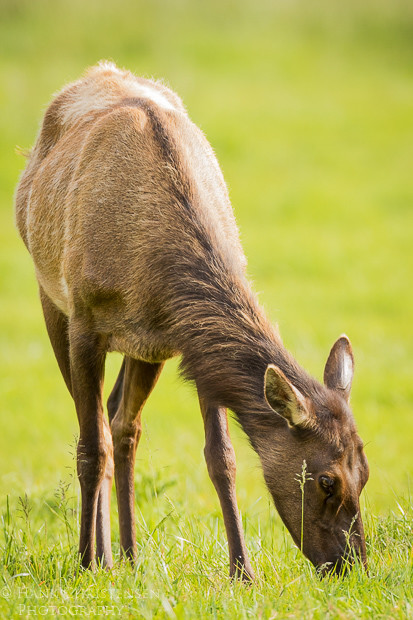
As with any wild animal, photographing them takes special care and etiquette. Especially with large mammals, keeping your distance and being extremely vigilant around them is of utmost importance, both for your safety and theirs. Using a long lens is a necessity in order to stay far enough away so that they don’t get agitated. I’ve seen too many tourists approaching with small point and shoot cameras, trying to get close enough to get a reasonable shot. In these cases, it is much better to just admire them from a distance, and if you must have a photo, go buy a postcard from a local merchant!
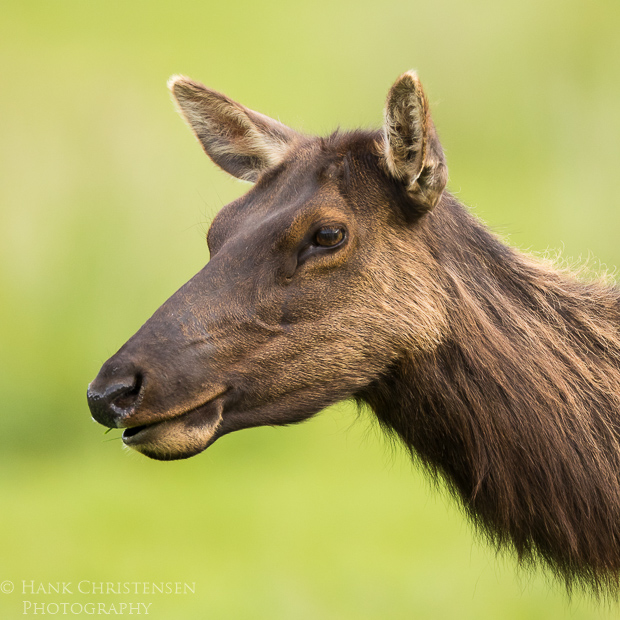
In a world of ever encroaching human presence, it is a joy to see a large herd like this living fairly undisturbed. Next time you are planning a road trip, do some research before hand and look for any wildlife viewing areas along your route. You never know when you might be treated to a personal experience with large wild animals.

